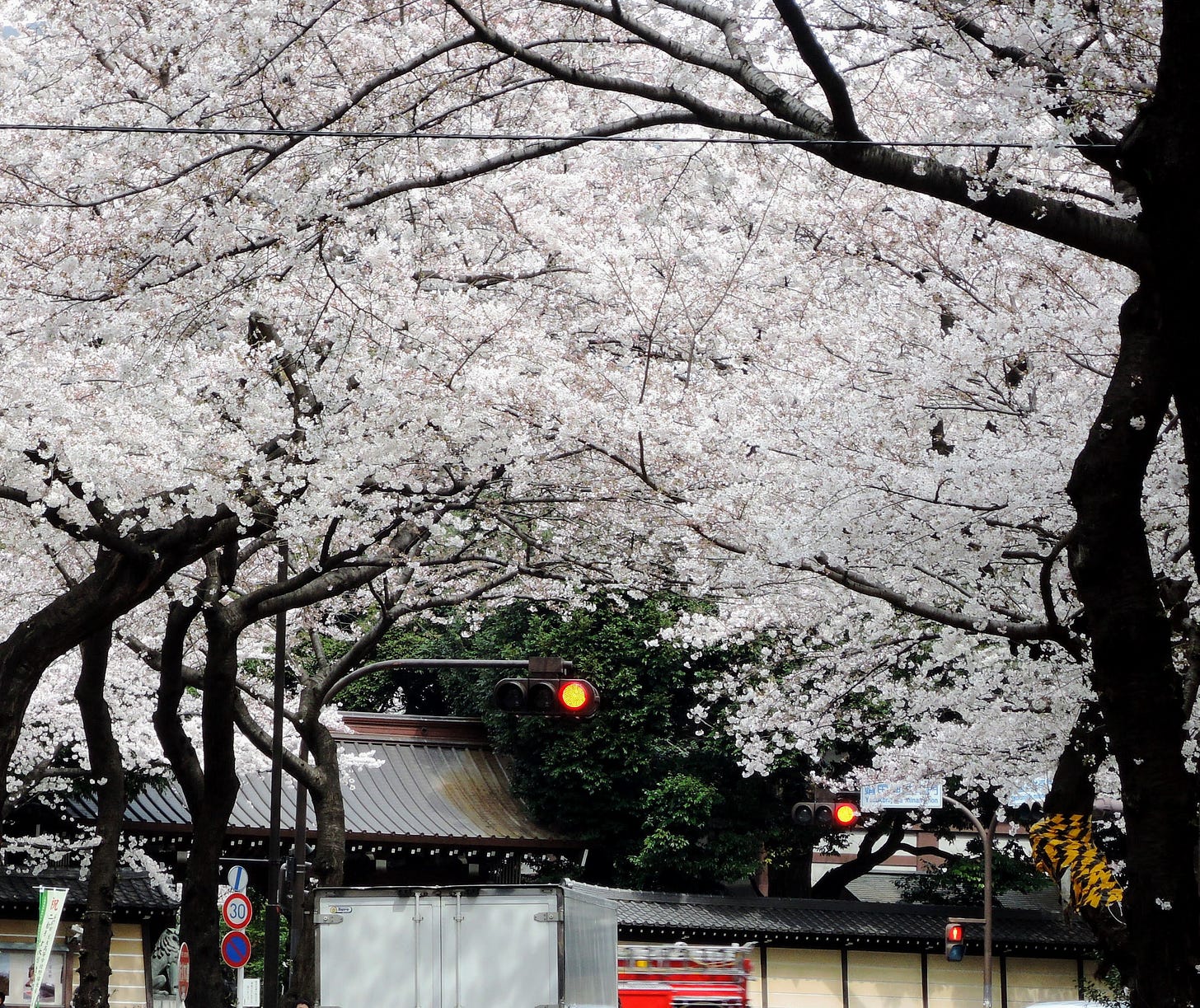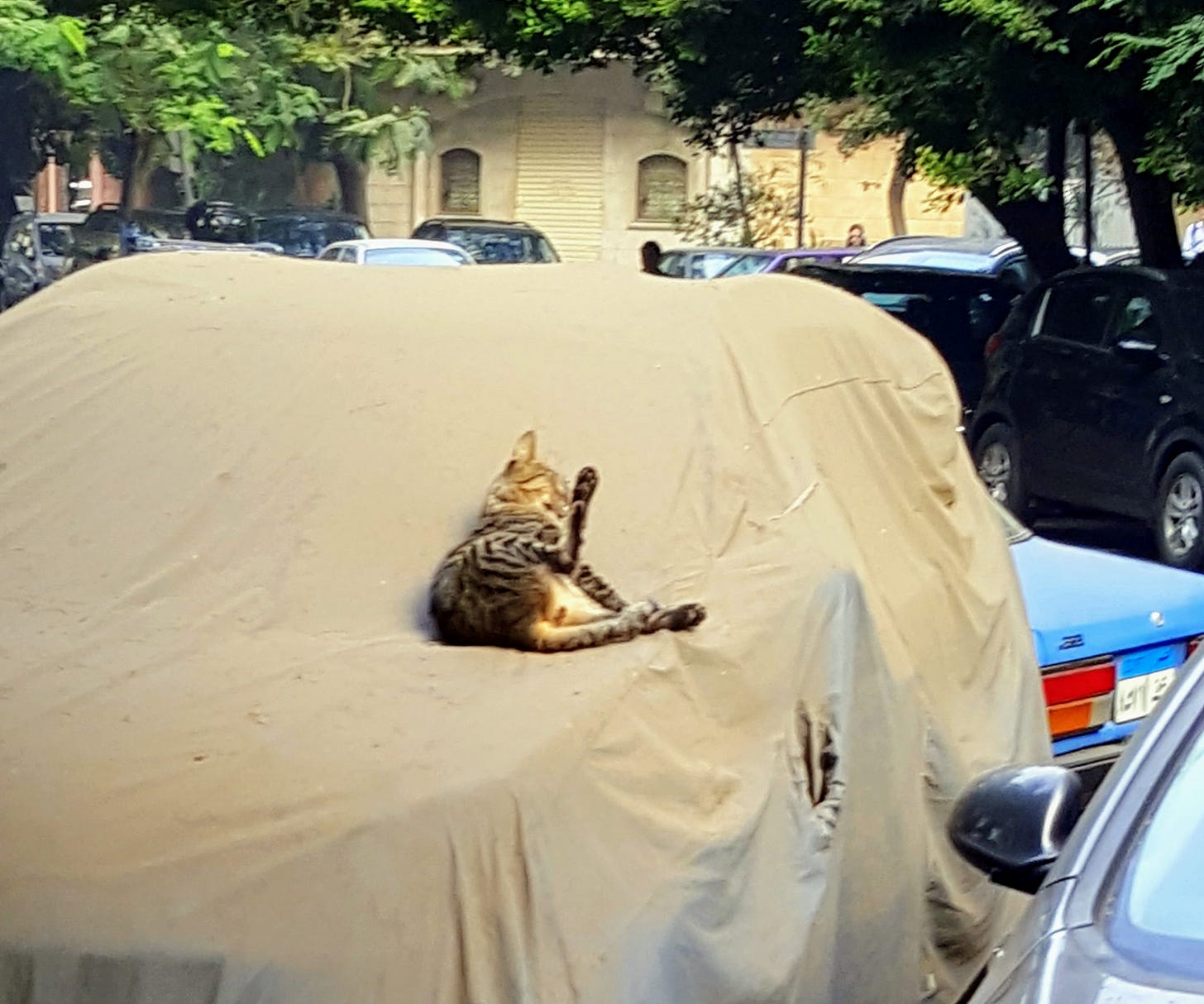For many of us, when we think of commuting, we have in mind the crowded carriages of mass-transit systems in a large city, taking millions of workers to their place of work and home again. Or the daily fight through traffic, hitting the rhythms of the traffic lights just right to save a minute or two.

The word commute seems to have come from the practice of creating Commutation tickets (season pass) in the late 19th century. And getting to work by train in the UK has a colourful history, as you can see here. But travelling to work is as old as work itself, even if it just meant taking a few steps into the fields. Commutes vary around the world and have done so over time, though there is an intriguing notion known as Marchetti’s constant. It suggests that the time for an “ideal” commute, around 30 minutes, has stayed steady over the last 2,000 years, while cities and modes of transport have evolved to transform how far you travel in those 30 minutes.
On the farm where I grew up, working as a farmhand in my “free” time, there wasn’t really a commute, more of a daily transformation from inside to out, clean to dirty, wet to dry, as we left and then came back to the farmhouse.
Since then, I’ve commuted in many cities around the world, and I’ve generally managed to stick to Marchetti’s constant without knowing it existed, but in very different ways. I’ve taken the train and travelled in my own car, but below, I’ve shared my less typical experiences.

Mexico City
My commutes in Mexico City, a city I grew to love when I lived there in the 1990s, had an element of drama attached to them. I used to take a taxi to work. I lived away from the centre and above the smog line; looking down towards the plain where the centre of that vast city sits, I could often see a veil of bile-coloured smog below me, and I’d be relieved that my sons weren’t breathing it in every day. Every morning around 6.30, I’d ring for a taxi; it’d get me to work in time for a 7.00am start. There was rarely a hitch. Coming back in the afternoon was a different story, though. The taxi rank closest to my office was often empty when I left work, and it could take a while for one to appear. At the same time, Volkswagen Beetle taxis, coloured green and white, known locally as "bochos," cruised for business along the street and would stop and invite me to board if they saw me waiting. I was tempted.
However, in those days, the late 1990s, there had been a spate of express kidnappings by criminals in the city posing as drivers of bochos, and it was considered inadvisable to take one if you could avoid it (and could afford the higher fares of other taxis). Most drivers of bochos were just earning an honest peso, but I didn’t want to play taxi roulette; I preferred to wait.
However, after a few days of longer waits than usual for my taxi home, my frustration grew, and I nearly succumbed to the lure of the ever-available bocho. In fact, I had just begun to walk to the curb to motion for one to stop when a regular taxi pulled into the rank I used, and I took that one instead. Just days later, I heard that an acquaintance had taken a bocho and been robbed of his debit card at knife point, taken to a cash machine to withdraw the daily cash minimum, and then left in an outlying barrio of the city to find his way home. It could've been worse.
Ankara
In Ankara, like in Mexico City, I lived on the upper slopes of the city, and my walk to work was significantly easier, physically, than the walk back. Psychologically, this worked well, as the relative ease of the morning stroll set off the natural reluctance most of us face with going to work in the morning. And the thought of the peace and freedom of the evening ahead made the climb up the hill on the way home easier. As I walked next to the traffic roaring up the slope, I could set my sights on Ankara’s famous landmark, the Atakule Tower, on which I would sometimes see a peregrine perched, eyeing up the local pigeons. If I was really tired and couldn’t face the ascent on foot, I could take a taxi or a minibus. In the latter, you’d offer your fare in cash to the nearest passenger, who would then pass it via the hands of others to the driver.
But if I wanted to enjoy a relaxing walk, I could use a slower route that would take me through the well-designed botanical gardens that followed the contours of the valley from the centre of the city to the Atakule. In fine weather, this was a treat, but it would also take me past the Presidential Palace. Here, the well-armed soldiers guarding the palace didn’t take kindly to pedestrians who passed at anything other than a brisk pace. Loitering was unthinkable, and I found out that even stopping briefly wasn’t allowed when I once paused to do up a shoelace. I heard a voice and looked up to see a gun barrel in the watch tower indicating I’d better move on.
Tokyo
In Tokyo, my walk to work was more sedate, skirting the leafy grounds of the Imperial Palace. I felt lucky that my route took me along one of the old palace moats, which was an avenue lined with cherry trees. So in late March, I was able to walk under an extraordinary, billowing pink canopy of cherry blossoms. It felt less like a commute than an ascent to heaven. Alas, at the end of my walk, I'd find myself back on earth and at my desk, with an inbox of overnight emails and a full schedule of meetings ahead.
Cairo
Arriving in Cairo, I found it was possible to work, as in Tokyo. But the experience was completely different. I lived on an island in the Nile, so walking to work involved two things: crossing the Nile and crossing Nile Street, where my office was. A third challenge was to negotiate the pavements, which often had cars or motorbikes (both magnets for the local cats) blocking them. Or else I’d find that workers had unceremoniously dumped building materials over the pavement. A right of way could never be assumed.
Crossing the river was easy enough, over a simple stone bridge, and I loved to observe the waters of the Nile, exhausted by the journey of nearly 4,000 miles1, softly flowing below, with occasional rowing boats skidding over its surface in the morning mist or small flocks of Egyptian geese sedately cruising its gentle current.
Crossing Nile Street was a whole other experience. There was no pedestrian crossing or footbridge nearby. The traffic was incessant, and the notion of stopping for a pedestrian was mysteriously lacking in a land where genial courtesy is generally a way of life. So it was a question of taking my life into my own hands and dodging the cars as best I could. Unlike in Hanoi, you couldn’t rely on vehicles to swerve around you. That duty was firmly delegated to the pedestrian. Once or twice, I really thought I would be run over as I dashed madly towards safety, and sadly, I wouldn’t have been the first to perish on that faded strip of tarmac. But somehow, I survived and became proud of my proficiency in negotiating the traffic, risking my life twice a day as I watched, darted, or swerved my way to safety across the worn and dusty road.
And the joy of being outside in this area of Cairo on foot was my reward. There was the gentle flow of the Nile, as well as the sight of the moon shimmering above the local minaret. In May and June, I’d walk beneath the glowing red of royal poinciana trees, aflame with colour. And at night, as I set off for home, I’d often see an egret—I fancied it was always the same one—my fellow weary commuter, flapping strenuously against the nightly breeze that blew from the north as it laboured homeward to its nest in some safe corner of the Delta.
In that old, vast, and endlessly renewing city on the Nile, where you can take in two thousand years of history with just one glance, my walk home to the sound of the implacable cacophony of cars felt like a salutary return to the ancient and original practice of commuting on foot.
The exact distance would depend on which source of the Nile you used as the starting point—the source of the White Nile or the Blue Nile.










I loved reading about your commutes. I once did a writers’ residency in Cairo, and I had to pay someone to help me cross the road each day. It was terrifying. My host said, ‘Ah, don’t worry, the Cairenes are great negotiators. They’ll never run you over.’ I didn’t fancy taking my chances with that pearl of wisdom!
Looove the accompanying photos, especially the cherry blossoms in Tokyo